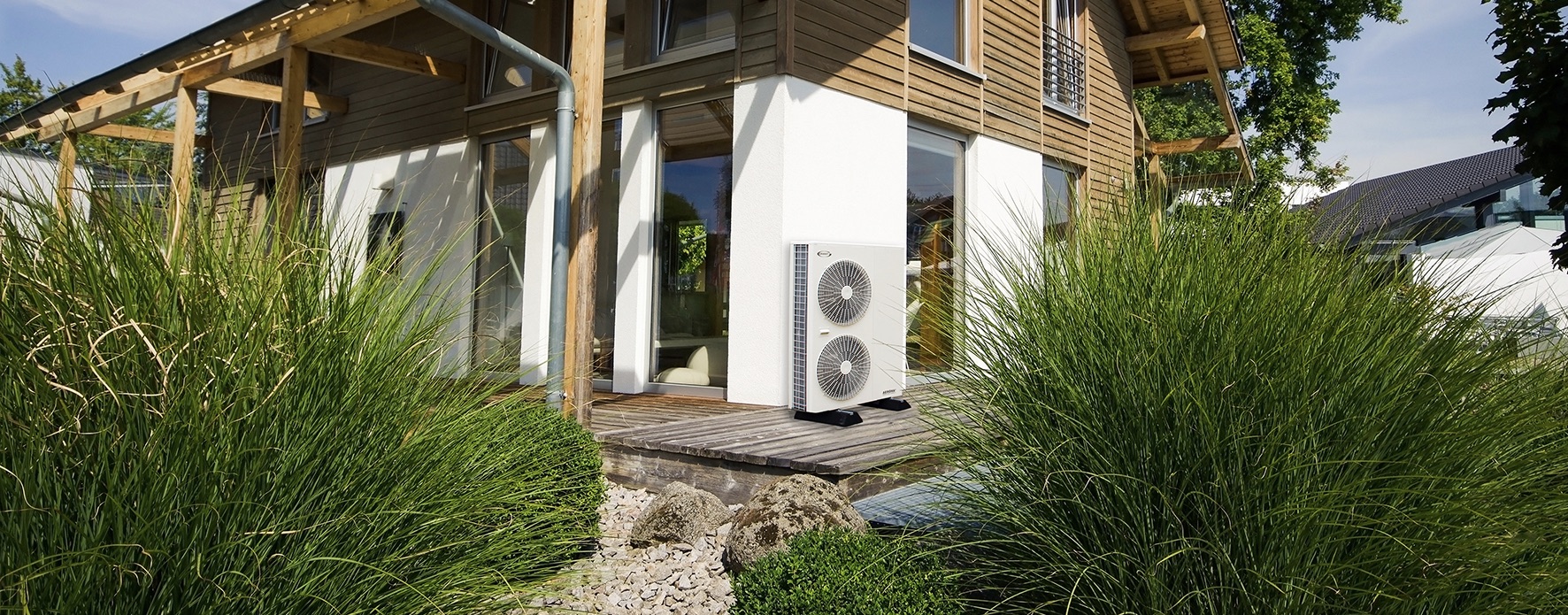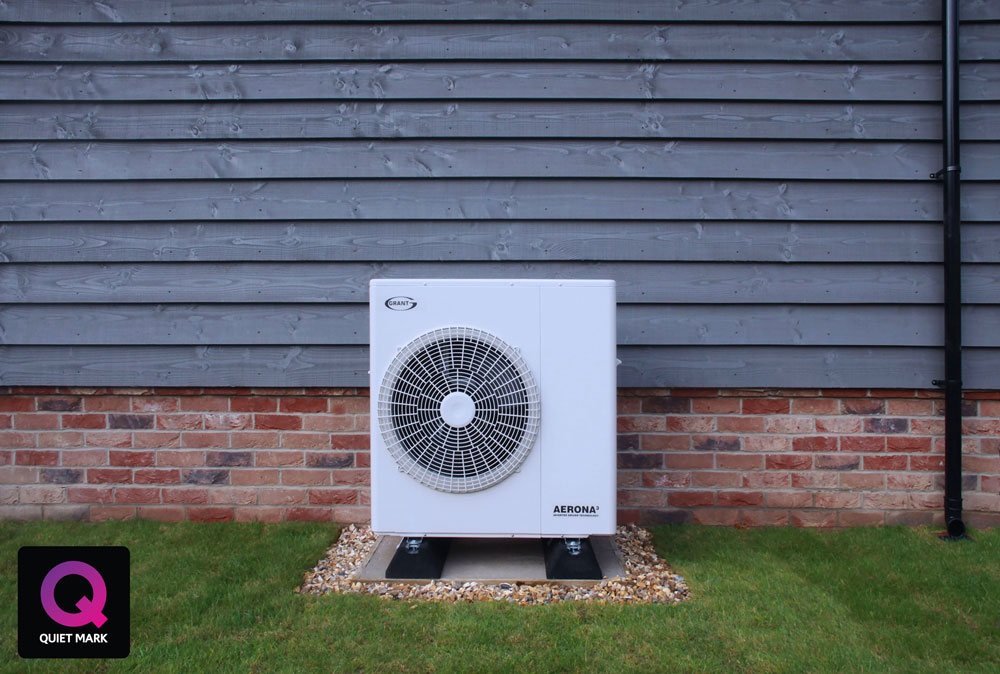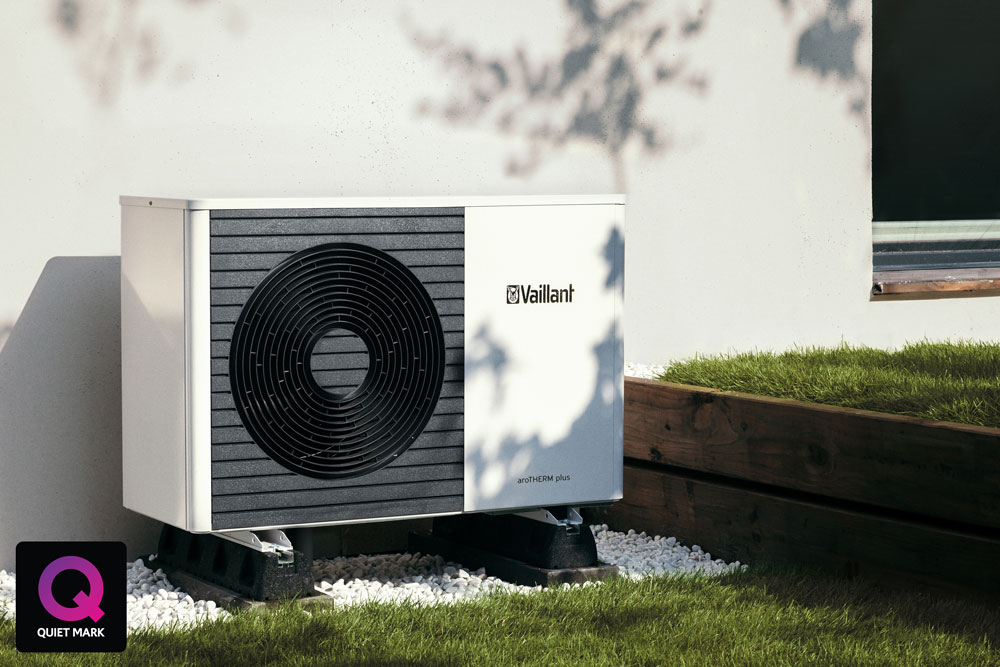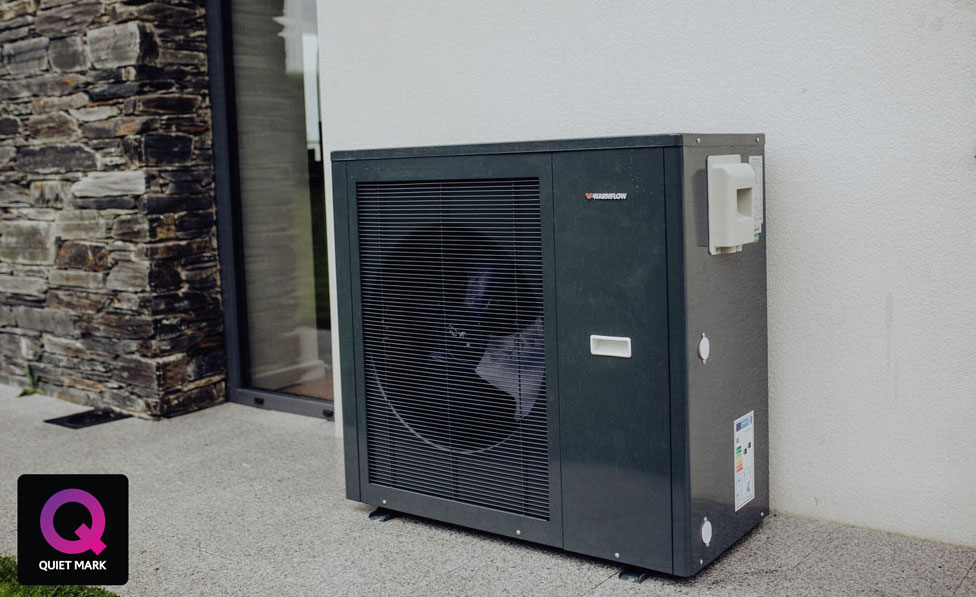How to install a heat pump at home


How to install a heat pump at home
Switch a broken boiler for a far more eco-friendly option
By JAYNE DOWLE for THE TIMES
If you fear your central heating boiler won’t make it through another winter, have you thought about replacing it with an eco-friendly heat pump?
Using energy from the air, ground, water or solar panels, this is the low-carbon alternative to a traditional gas or oil boiler. But how a heat pump works and what benefits it might bring are still a mystery to most of us. Only 27,000 heat pumps were installed in UK homes last year, compared with about 1.7 million gas boilers.
Think of the neighbours
They may not share your enthusiasm for renewable technologies, especially as heat pumps have a reputation for being noisy. Noise levels must be assessed to ensure the heat pump is not a nuisance to you or your neighbours. Look for a model with the Quiet Mark accreditation.
 Image: Grant Aerona³ R32 Air Source Heat Pump
Image: Grant Aerona³ R32 Air Source Heat Pump
“There is still so much educating to do about heat pumps, both for consumers and in the heating trade, but they are the future,” says Iain Bevan, commercial manager for heating and renewables at Daikin, the heat pump manufacturer.
Indeed, from 2025 developers will be obliged to fit air or ground-source heat pumps in new homes as part of the government’s bid to cut carbon emissions and make us all more energy-efficient.
Heat pumps are included in the government’s new Green Homes Grant scheme, which allows owners to claim two thirds of the cost of energy-efficient measures up to £5,000 (a maximum of £10,000 is available for those on low incomes and in receipt of certain benefits). Homeowners make up any shortfall in costs themselves.
The Energy Saving Trust says you should expect to pay between £9,000 and £11,000 for an air-source heat pump, the most popular UK choice. That’s more than three times the cost of a typical new gas boiler with thermostatic radiator valves, excluding radiators (£2,300).
However, with a heat pump, average savings on fuel bills may eventually recoup at least some of the cost of installation; Igloo, a challenger energy company, estimates £3,000 over seven years, typically.
First step — find a reputable installer
You must find an experienced and recommended installation company that can undertake a full assessment of your home’s needs. This will account for radiators and underfloor heating, the number of occupants (for hot water use) and insulation. Underfloor heating and heat pumps are a good combination; it can eliminate the need to increase radiator size to ensure enough warmth goes into each room.
The installer must be a member of the Microgeneration Certification Scheme to comply with legal standards. The website has a useful postcode search function to help you find a local firm.
 Image: Vaillant aroTHERM Plus Air Source Heat Pump
Image: Vaillant aroTHERM Plus Air Source Heat Pump
What is a heat pump?
A heat pump is classed as “renewable” because it uses natural elements. An air-source heat pump extracts warmth from the air; it is a box that can be fixed to an exterior wall or roof, or stand alone. A ground-source heat pump requires generous outside space and is buried under the soil. A water-source heat pump takes water from your own lake, river or stream. There are also heat pumps that work in conjunction with photovoltaic solar panels. Checkatrade has a useful guide.
How does it work?
Think of a heat pump like a fridge in reverse, Bevan says. A fridge extracts heat from the interior so it feels cold inside. This heated air is released externally, which is why the coil on the back of your fridge feels warm. A heat pump works the other way around, by extracting warmth from the outside air and releasing it into the hot water and central heating system.
 Image: Warmflow Zeno Air Source Heat Pumps
Image: Warmflow Zeno Air Source Heat Pumps
What are the benefits?
Cheaper energy bills, lower carbon emissions, minimal maintenance and no danger of dangerous gases such as carbon monoxide, says Jessica Tan, managing director of Ovo Smart Home. Radiators won’t be searingly hot to the touch because heat pumps deliver heat at lower temperatures over longer periods; this could be good for young families. You’ll also bask in the glow of doing your bit for the environment.
And the drawbacks?
How quickly you make savings with a heat pump depends on the energy source you already use. The most dramatic results would be achieved by ditching a solid fuel or electric-powered system, not gas. If you have a combination boiler you’ll need a cistern tank to store your heated water. A cistern can go in the loft, utility room, cellar or basement (you don’t need gravity to feed this kind of system). However, not every home will have the space. Bevan says manufacturers are developing tanks to fit under a kitchen sink or bolt on to the outside of a house.
A happy hybrid?
A hybrid heat pump, sometimes known as a bivalent system, could be a good idea if you live in a colder part of the UK but want to reduce your dependence on gas or oil. It is made up of two parts: an air-source heat pump that operates when the weather is milder and a conventional boiler to kick in when the temperature drops. An automatic “weather compensation” programme manages the switch, typically when the temperature falls below 7C.
Read the original article on The Times website HERE.












 Quiet Mark Founder
Quiet Mark Founder